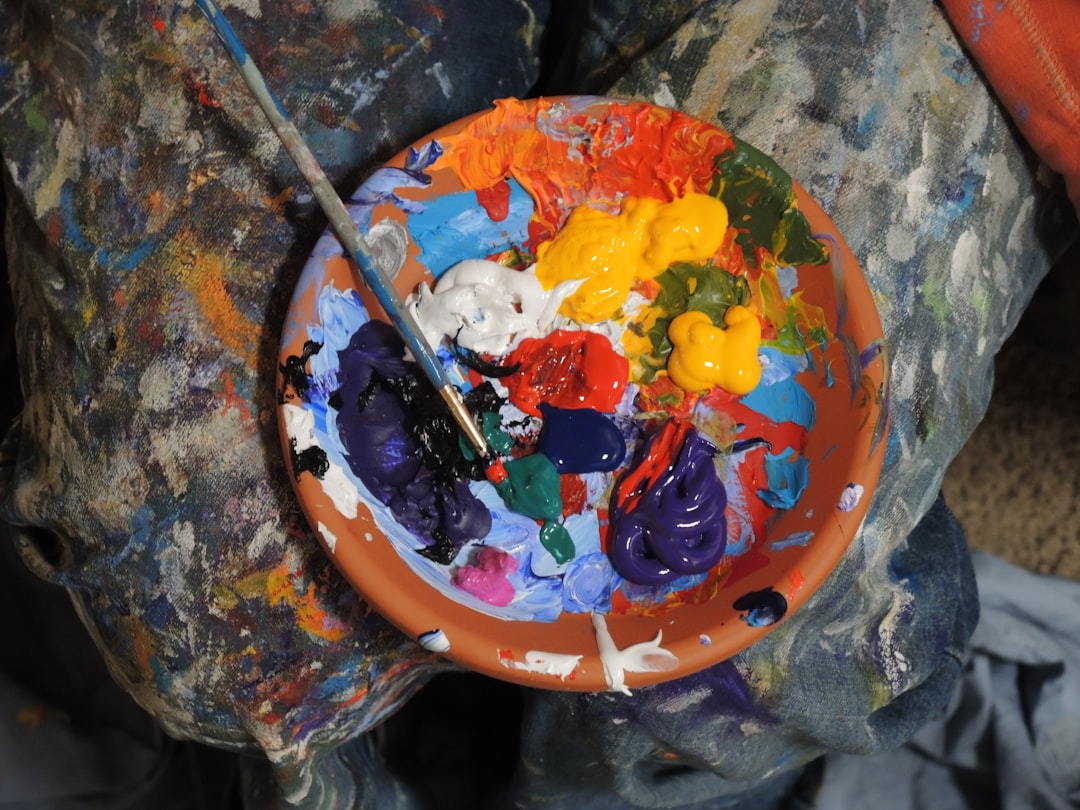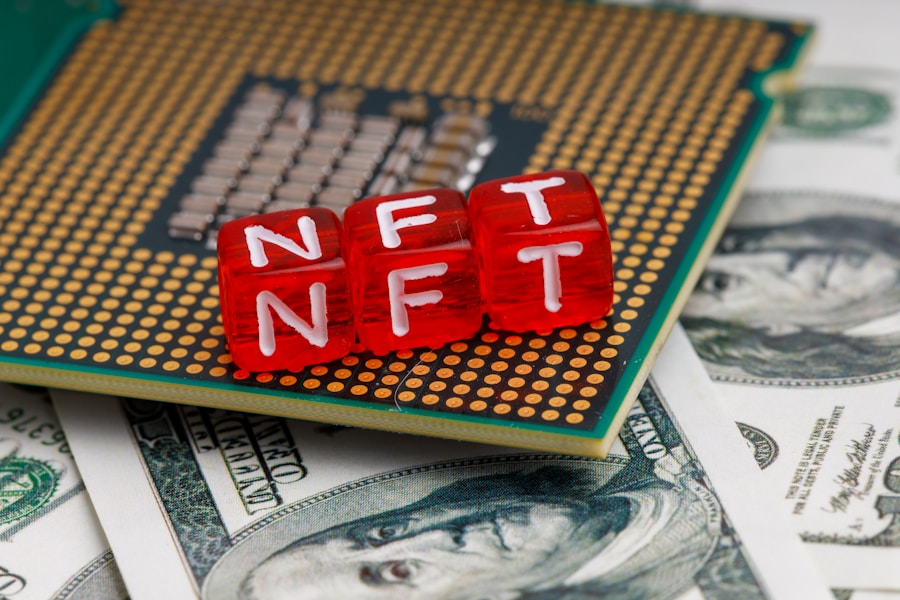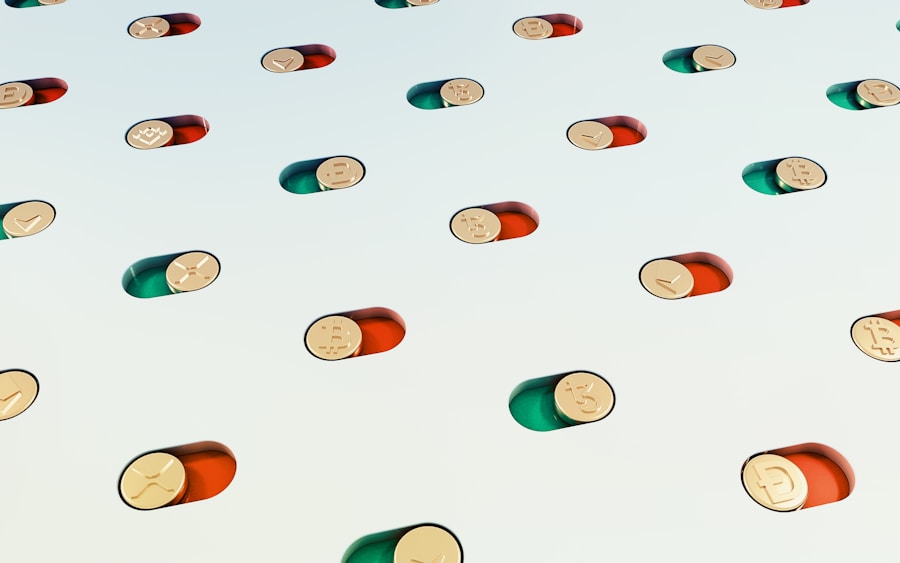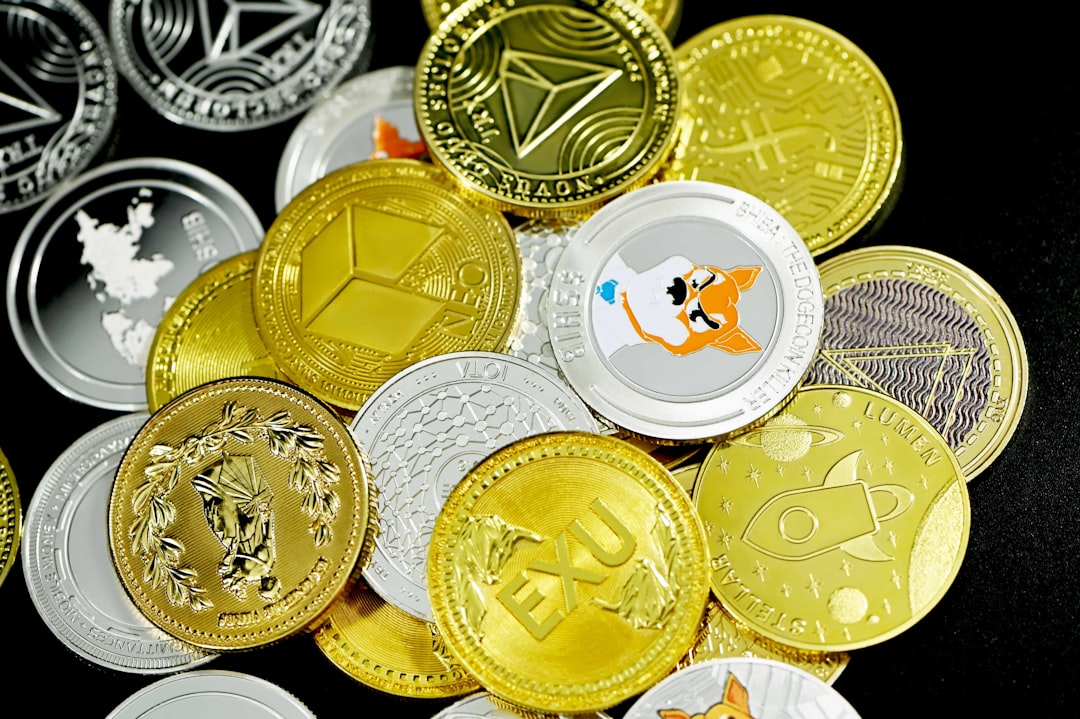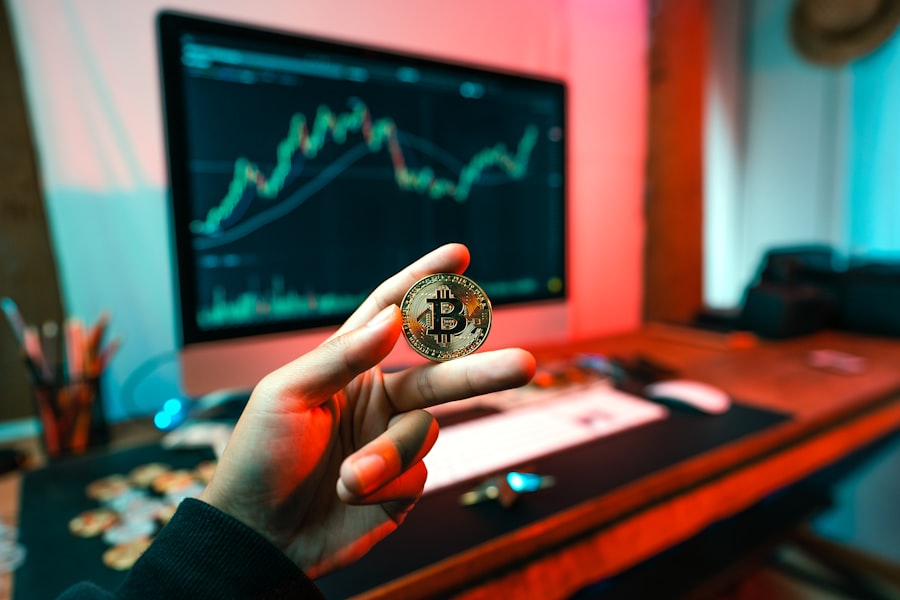The world of art has been revolutionized by the emergence of Non-Fungible Tokens (NFTs). These digital assets, built on blockchain technology, have opened up new possibilities for artists and collectors alike. NFTs have gained significant attention in recent years, with high-profile sales and celebrity endorsements propelling them into the mainstream. As a result, virtual gallery tours have become an increasingly popular way to experience NFT art spaces.
NFTs, or Non-Fungible Tokens, are unique digital assets that represent ownership or proof of authenticity for a specific item or piece of content. Unlike cryptocurrencies such as Bitcoin or Ethereum, which are fungible and can be exchanged on a one-to-one basis, NFTs are indivisible and cannot be exchanged on a like-for-like basis. This uniqueness is what gives NFTs their value and has made them a sought-after commodity in the art world.
Virtual gallery tours provide a way for art enthusiasts to explore NFT art spaces from the comfort of their own homes. These tours allow visitors to navigate through virtual galleries and exhibitions, viewing and interacting with NFT art pieces in a digital environment. With the rise of virtual reality technology, these tours can provide an immersive experience that closely resembles visiting a physical gallery.
Key Takeaways
- Virtual gallery tours offer a unique and accessible way to explore NFT art spaces.
- Navigating the virtual art world can be overwhelming, but with some tips and tricks, it can be a rewarding experience.
- Emerging artists are making waves in the NFT art scene with their innovative and boundary-pushing works.
- Up-and-coming artists share their insights and inspirations in interviews that offer a glimpse into the creative process behind NFT art.
- NFT drops and auctions are constantly evolving, and staying up-to-date is key for collectors and enthusiasts alike.
Exploring the World of NFT Art: A Beginner’s Guide
To fully understand the world of NFT art, it is important to grasp the concept of NFTs and their significance in the art world. As mentioned earlier, NFTs are unique digital assets that represent ownership or proof of authenticity for a specific item or piece of content. This has opened up new possibilities for artists to monetize their work and for collectors to own and trade digital art.
Blockchain technology plays a crucial role in the creation and verification of NFTs. Blockchain is a decentralized ledger that records transactions across multiple computers, making it highly secure and transparent. This technology ensures the authenticity and provenance of NFTs, as each transaction is recorded on the blockchain and cannot be altered or tampered with.
There are several popular NFT marketplaces and platforms where artists can mint and sell their NFTs, and collectors can purchase and trade them. Some of the most well-known platforms include OpenSea, Rarible, and SuperRare. These platforms provide a marketplace for artists to showcase their work and for collectors to discover and acquire NFT art pieces.
Navigating the Virtual Art World: Tips and Tricks for Touring NFT Galleries
When embarking on a virtual gallery tour of NFT art spaces, there are a few tips and tricks that can enhance your experience. Firstly, familiarize yourself with the navigation controls of the virtual gallery platform you are using. This will allow you to move around the virtual space smoothly and explore different exhibitions or galleries.
It is also important to take your time when viewing NFT art pieces. Unlike physical art, digital art can be easily overlooked or dismissed with a quick glance. Take the time to appreciate the details and intricacies of each piece, as well as any accompanying descriptions or artist statements.
Interacting with NFT art spaces can be an immersive experience. Some virtual galleries allow visitors to interact with the artwork in unique ways, such as zooming in on details or even changing the colors or textures of the piece. Experiment with these interactive features to fully engage with the artwork.
The Latest Trends in NFT Art: A Spotlight on Emerging Artists
The world of NFT art is constantly evolving, with new trends and styles emerging all the time. One of the latest trends in NFT art is generative art, which involves using algorithms to create unique and ever-changing artworks. These artworks are often created by coding artists who write algorithms that generate visuals based on certain parameters.
Another trend in NFT art is the use of augmented reality (AR) and virtual reality (VR) technologies. Artists are exploring the possibilities of creating immersive experiences that combine digital art with the physical world. This allows viewers to interact with the artwork in new and exciting ways, blurring the boundaries between the digital and physical realms.
Emerging artists are making their mark in the world of NFT art, bringing fresh perspectives and unique styles to the table. These artists often experiment with different mediums and techniques, pushing the boundaries of what is possible in the digital art space. Some emerging artists to watch out for include XCOPY, Hackatao, and Fewocious.
Meet the Rising Stars of NFT Art: Interviews with Up-and-Coming Artists
To gain further insight into the world of NFT art, it is valuable to hear directly from the artists themselves. In this section, we will be featuring interviews with up-and-coming NFT artists, discussing their creative process, inspiration, and showcasing their most popular NFT art pieces.
Interview 1: Artist A
Q: Can you tell us about your creative process?
A: My creative process involves a combination of traditional and digital techniques. I often start with a sketch or a concept and then bring it to life using digital tools such as Photoshop or Illustrator. I enjoy experimenting with different styles and mediums, which allows me to constantly evolve as an artist.
Q: What inspires you?
A: I draw inspiration from a variety of sources, including nature, music, and other artists. I find that immersing myself in different environments and experiences helps fuel my creativity. I also find inspiration in everyday life, whether it’s a conversation with a friend or a walk in the park.
Q: Can you tell us about one of your most popular NFT art pieces?
A: One of my most popular NFT art pieces is titled “Dreamscape.” It is a digital painting that explores the concept of dreams and the subconscious mind. The piece features vibrant colors and surreal imagery, inviting viewers to delve into their own imagination and explore the depths of their subconscious.
NFT Drops Radar: Keeping Up with the Latest NFT Releases and Auctions
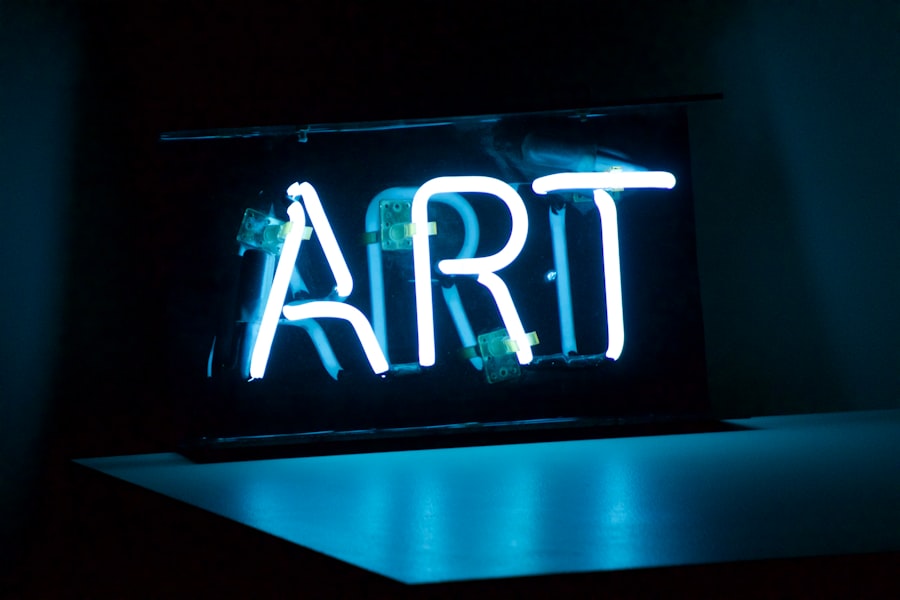
NFT drops and auctions have become a significant part of the NFT art world, with collectors eagerly awaiting the release of new artworks. In this section, we will provide an overview of upcoming NFT drops and auctions, as well as tips for participating in these events.
NFT drops refer to the release of new NFT art pieces by artists or creators. These drops often generate a lot of hype and excitement, with collectors scrambling to acquire limited-edition or one-of-a-kind artworks. Some drops are announced in advance, allowing collectors to prepare and set their sights on specific pieces.
NFT auctions, on the other hand, involve bidding on NFT art pieces to acquire ownership. These auctions can be highly competitive, with collectors vying for highly sought-after artworks. Participating in NFT auctions requires careful planning and strategy, as well as a willingness to invest significant amounts of money.
From Digital to Tangible: The Future of NFT Art Collecting
While NFTs are primarily digital assets, there is growing interest in integrating them into physical art collections. This has led to discussions about the future of NFT art collecting and the potential for NFTs to revolutionize the traditional art market.
One possibility is the creation of physical representations or “tangibles” for NFT art pieces. This could involve printing digital artworks onto physical canvases or creating sculptures based on digital designs. These tangibles would serve as a bridge between the digital and physical realms, allowing collectors to display their NFT art in traditional gallery settings.
Another potential development is the integration of NFTs into existing art marketplaces and galleries. This would allow collectors to seamlessly add NFTs to their physical art collections, blurring the boundaries between traditional and digital art. It would also provide a new revenue stream for artists, who could sell both physical and digital versions of their artworks.
NFTs and Beyond: The Intersection of Art and Technology
The intersection of art and technology has always been a fertile ground for innovation and creativity. NFTs are just one example of how technology is enhancing the art world, but there are many other exciting developments happening in this space.
One example is the use of virtual reality (VR) and augmented reality (AR) technologies to create immersive art experiences. Artists are exploring the possibilities of creating virtual galleries or exhibitions that can be accessed through VR headsets or mobile devices. This allows viewers to step into a virtual world and interact with the artwork in ways that were previously unimaginable.
Another innovative use of technology in the art world is the integration of artificial intelligence (AI) into the creative process. AI algorithms can generate unique art pieces based on certain parameters or even collaborate with human artists to create new works. This blurs the line between human creativity and machine-generated art, raising questions about authorship and originality.
The Impact of NFTs on the Traditional Art Market: A Discussion
The rise of NFTs has sparked a debate about their impact on the traditional art market. Some argue that NFTs have the potential to disrupt the traditional art market by providing artists with new ways to monetize their work and reach a global audience. Others believe that NFTs are simply a passing trend that will not have a lasting impact on the art world.
One potential impact of NFTs on the traditional art market is the democratization of art ownership. NFTs allow artists to sell their work directly to collectors, bypassing traditional intermediaries such as galleries or auction houses. This gives artists more control over their work and a larger share of the profits.
However, there are also concerns about the environmental impact of NFTs, as the energy consumption associated with blockchain technology is significant. Critics argue that the carbon footprint of NFTs undermines their potential benefits and raises questions about their long-term sustainability.
Join the NFT Community: Sign Up for Our Newsletter and Stay Up-to-Date on the Latest News and Events.
If you’re interested in staying up-to-date on the latest news and events in the world of NFT art, we invite you to join our NFT community. By signing up for our newsletter, you will receive regular updates on new NFT drops, artist interviews, and industry trends.
Joining the NFT community has several benefits. Firstly, it allows you to connect with like-minded individuals who share your passion for NFT art. You can engage in discussions, share your own experiences, and learn from others in the community.
Secondly, being part of the NFT community gives you access to exclusive opportunities and events. Many artists and platforms offer special perks or early access to their NFT drops for community members. This can give you a competitive edge when it comes to acquiring highly sought-after artworks.
In conclusion, virtual gallery tours of NFT art spaces provide a unique and immersive way to experience digital art. NFTs have revolutionized the art world by providing artists with new ways to monetize their work and collectors with new opportunities to own and trade digital art. As the world of NFT art continues to evolve, it is important to stay informed and engaged with the latest trends and developments. By joining the NFT community and signing up for our newsletter, you can stay up-to-date on the latest news and events in this exciting field.
FAQs
What is NFT art?
NFT art refers to digital art that is authenticated using blockchain technology. It is a unique and non-fungible digital asset that can be bought and sold like physical art.
What are NFT art spaces?
NFT art spaces are virtual galleries that showcase NFT art. They are online platforms where artists and collectors can display and purchase NFT art.
How do I access NFT art spaces?
NFT art spaces can be accessed through a web browser on a computer or mobile device. Some platforms may require the installation of specific software or a digital wallet to purchase NFT art.
What are the benefits of NFT art spaces?
NFT art spaces provide a platform for artists to showcase their work to a global audience. They also offer collectors the opportunity to purchase unique and authenticated digital art.
What types of NFT art can be found in NFT art spaces?
NFT art spaces feature a wide range of digital art, including animations, videos, music, and 3D models. The art can be created using various mediums, such as digital painting, photography, and graphic design.
How do I purchase NFT art?
To purchase NFT art, you will need to create an account on an NFT art space platform and set up a digital wallet. Once you have selected the artwork you wish to purchase, you can bid on it or buy it outright using cryptocurrency.
What is the future of NFT art spaces?
NFT art spaces are expected to continue to grow in popularity as more artists and collectors embrace the digital art form. The technology behind NFT art is also expected to evolve, providing new opportunities for artists to create and showcase their work.
